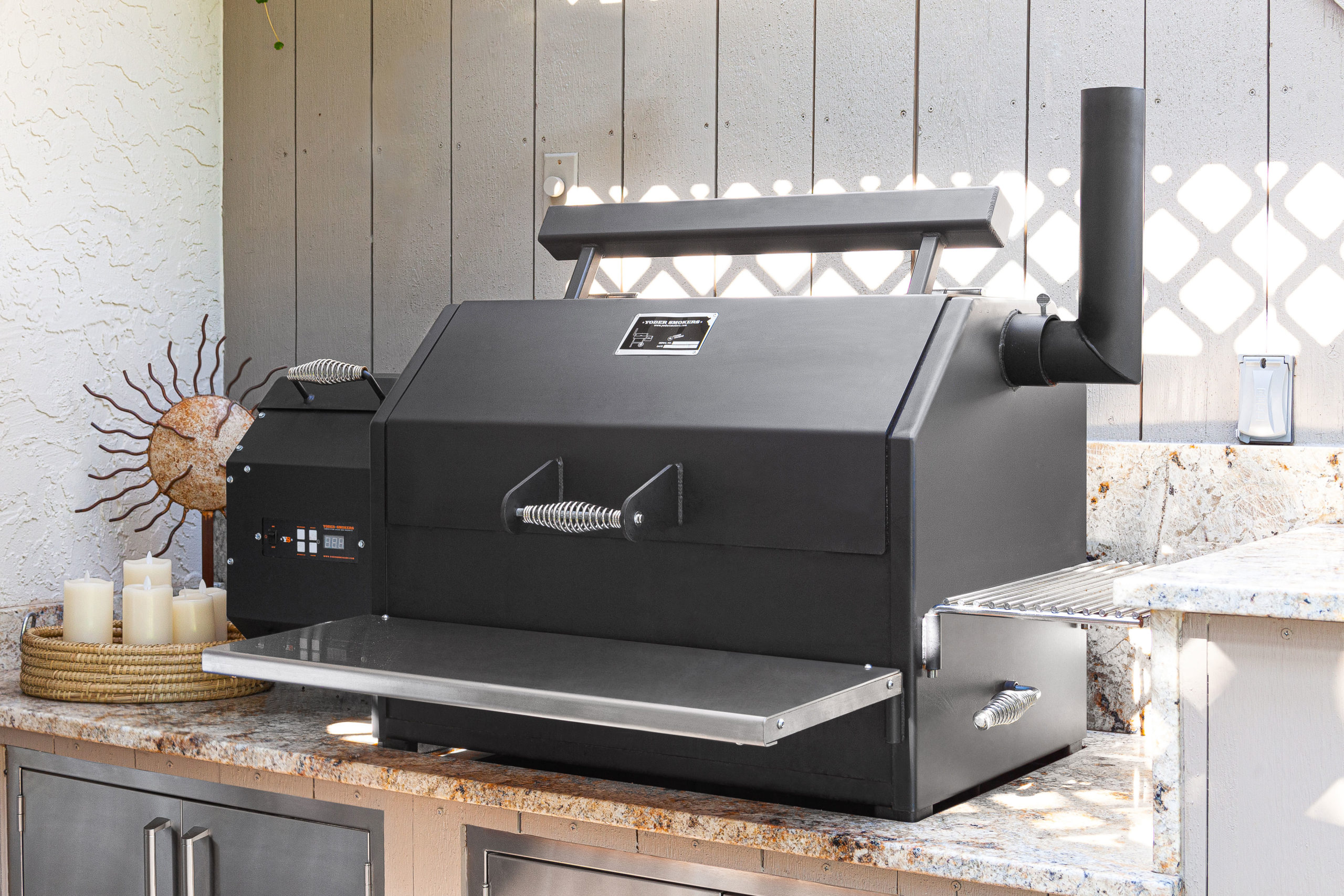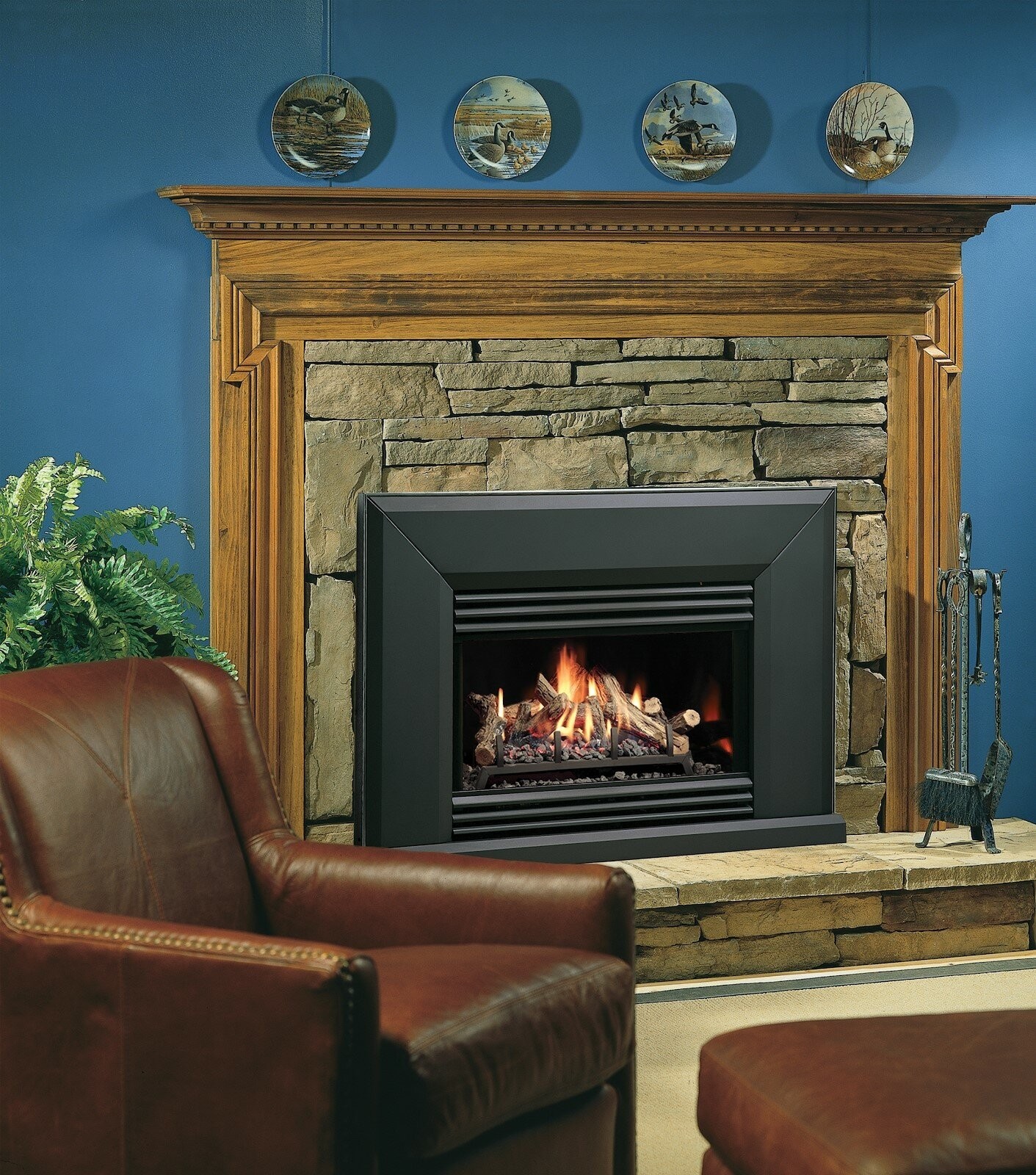Venting Options for Gas Fireplaces
There are three venting alternatives available for gas fireplace installations.
1- Natural Vent
Also called a “B vent,” this takes advantage of a factory-built metal chimney or an existing masonry chimney. Room air discharges combustion by-products to the outside through a single pipe or a flexible liner installed within the chimney.
2- Direct-Vent
This fireplace takes in outdoor air for combustion, then exhausts spent air outside through a type of venting process that is both co-linear and dual, eliminating the heat loss linked with conventional chimneys. They can be vented out to the back or side of a house or via the roof; a perfect solution for places that do not have a chimney already. A sealed glass door is critical for a direct-vent system for adequate indoor air quality and combustion.
3- Vent-Free
Technology similar to that of a catalytic converter works to operate this type of unit. No chimney or venting is needed for this.
The Inserts
Inserts for a masonry fireplace enhance overall energy efficiency. Place this unit to avoid losing warmth through the chimney. They come in various sizes and shapes.
This will help to stop the purge of cold air, helping to save you money even if you are not using it. By installing gas or sealing the damper zone area, you enjoy better energy efficiency by plugging the hole.
If you desire to convert an existing masonry chimney or to install a gas fireplace in Denver, contact Hi-Tech Appliance today. You can also visit our nice fireplace showroom in Louisville, Colorado, and receive a free quote to convert a gas log fireplace or convert a wood-burning fireplace to a high-efficiency gas fireplace insert.



